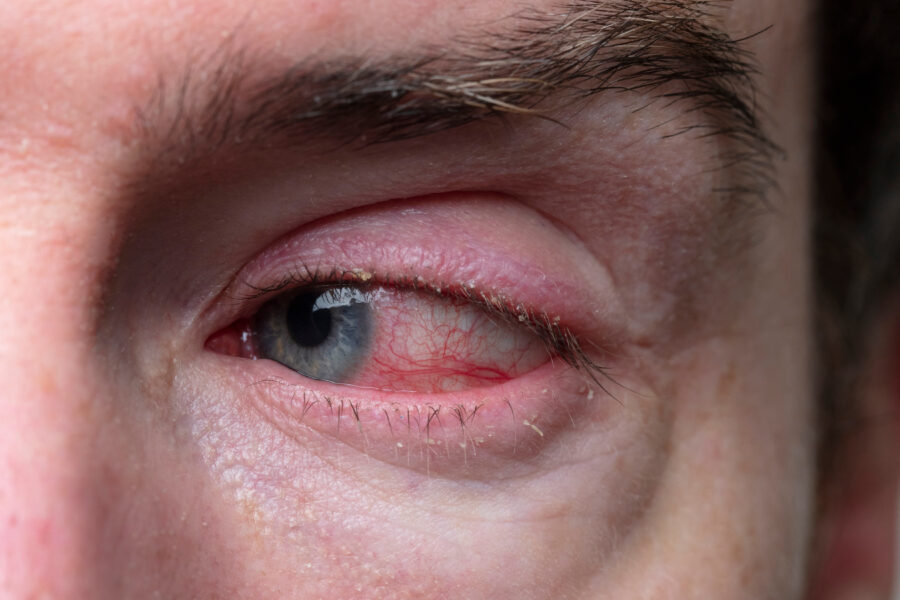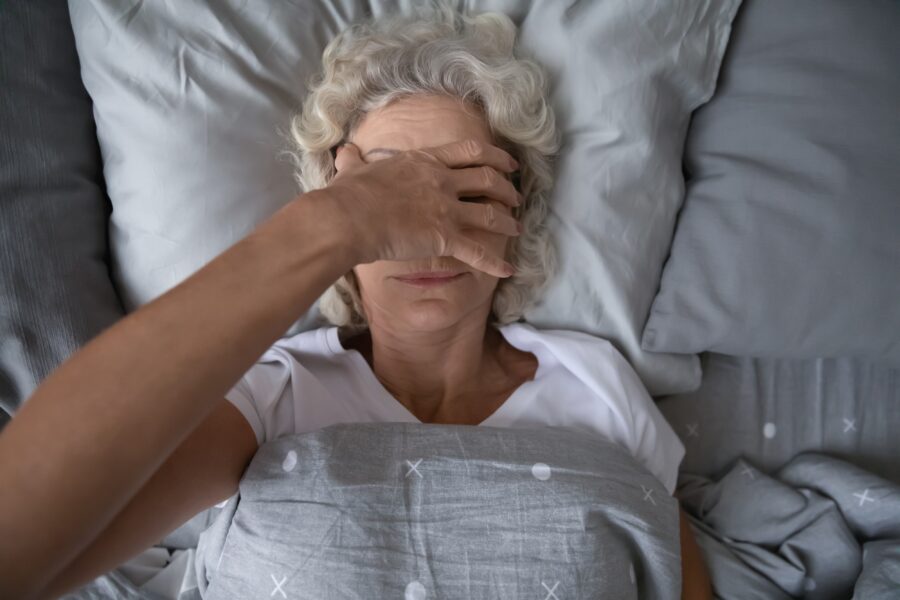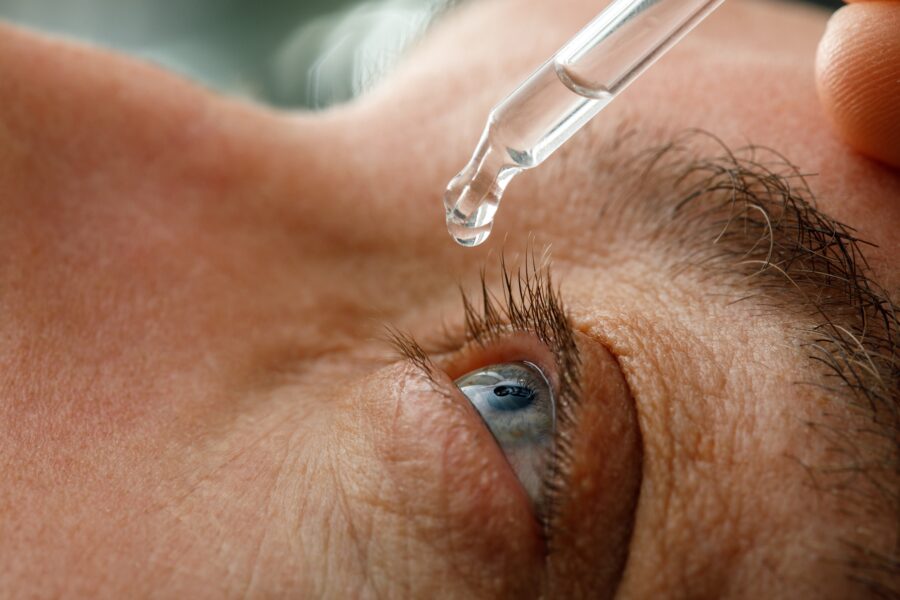

Blog post
A guide to blepharitis: symptoms, causes, treatments, prevention

Matthew Burford BSc(Hons) Optometry MCOptom - Domiciliary Optician and Professional Services Manager at OutsideClinic
5 minute read time
What is blepharitis?
Blepharitis is chronic inflammation of the eyelids that can affect the front or inner part of the eyelids.
It is a common eye condition. Many people experience at least one episode in their lifetime.
There are 2 types of blepharitis – anterior and posterior.
Anterior blepharitis affects the eyelid skin, base of lashes and lash follicles and is characterized by symptoms like crusting along the base of eyelashes, redness, swelling, and is often caused by factors like bacteria or skin conditions.
Posterior blepharitis affects the inner eyelid margin, particularly the meibomian glands, leading to symptoms such as dryness and blurred vision due to insufficient oil secretion, commonly associated with meibomian gland dysfunction or conditions like rosacea.
What are symptoms of blepharitis?
It typically presents as crusty debris or dandruff-like scales around the base of the eyelashes. The eyes might appear watery, and the eyelids can feel itchy or gritty, or may be red and swollen.
A proper diagnosis can be made by an Optometrist who will examine your eyelids and eyes.

What causes blepharitis?
Blepharitis can be associated with several factors, including:
- Meibomian gland dysfunction (oil-producing glands in the eyelids)
- Dry eyes
- Seborrheic dermatitis (dandruff of the eyebrows and scalp)
- Rosacea, a skin condition
- Bacterial eyelid infections
How is blepharitis treated?
Treatment options include:
- Warm compresses to the eyelids to reduce swelling and help unblock any clogged oil glands. At OutsideClinic, our Optometrists recommend MGDRx EyeBag. MGDRx EyeBag is an easy to use, microwaveable, warming eye mask which can be used up to 200 times.
- Eyelid scrubs to remove crusts and scales
- Eyelid cleansers like Blephaclean
- Topical or oral antibiotics if bacterial infection is present
- Artificial tears for associated dry eye
- Steroid eye drops or ointments for inflammation (in extreme cases)
Can blepharitis be completely cured?
Blepharitis can be managed effectively with treatment, but it may not be completely cured, especially if it's due to chronic conditions. Some people may experience recurrent episodes.
How long will it take to go away?
The duration of blepharitis varies among individuals. With proper treatment, symptoms can improve within a few weeks. However, it is often a chronic condition and some people may experience recurrent episodes and require long-term management.
Will my eyelashes grow back after blepharitis?
In most cases, if eyelashes are lost due to blepharitis, they will grow back once the condition is treated and managed.
How can I prevent blepharitis?
To prevent blepharitis:
- Maintain good eyelid hygiene
- Remove makeup thoroughly before sleeping
- Avoid touching or rubbing eyes
- Manage underlying conditions like rosacea or seborrheic dermatitis
Can blepharitis cause total blindness?
Although blepharitis can cause blurred vision, the condition itself does not cause total blindness.
Can you catch blepharitis?
Blepharitis is generally not considered contagious.
Why is blepharitis worse in the morning?
Blepharitis symptoms, especially the crusty debris, can be more pronounced in the morning due to the accumulation of secretions and oils overnight, as well as reduced blinking during sleep, which can lead to less tear dispersion and more build-up.


By Matthew Burford BSc(Hons) Optometry MCOptom - Domiciliary Optician and Professional Services Manager at OutsideClinic
Matthew graduated from Aston University in 2004 with a degree in Optometry.











